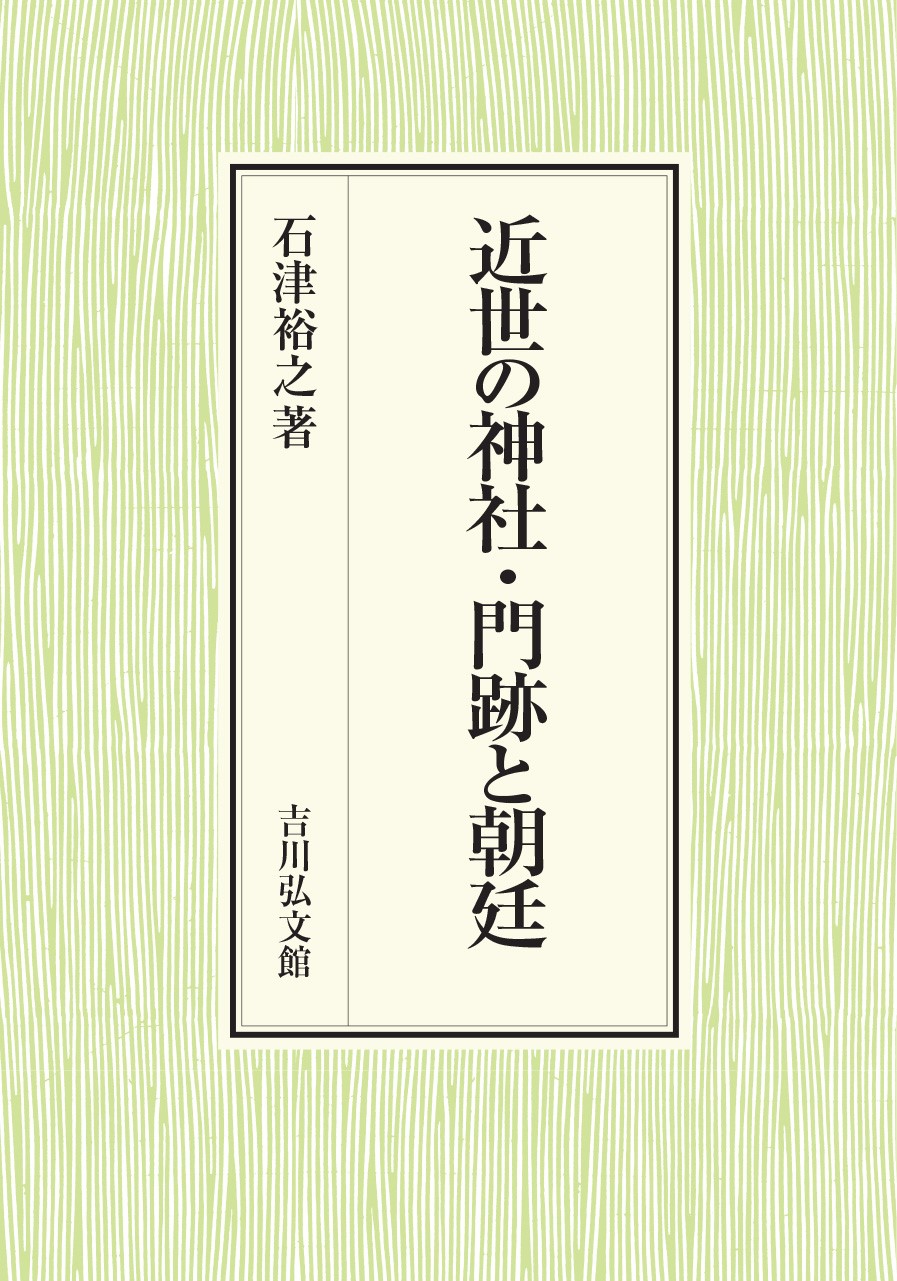
Title
Kinsei no Jinja, Monzeki to Choutei (The State of Shrines and Monzeki from the Perspective of Their Relationship with the Imperial Court in Early Modern Japan)
Size
376 pages, A5 format
Language
Japanese
Released
February 22, 2024
ISBN
9784642043618
Published by
Yoshikawa Kobunkan
Book Info
See Book Availability at Library
Japanese Page
This book attempts to shed light on the state of shrines and monzeki (temples headed by members of the imperial family and high-ranking court nobility, or chief priests), in particular by analyzing the relationship between shrines, monzeki, and the imperial court in early modern Japan.
In the first part, I discuss trends in shrines in the early modern period from the perspective of their relationship with the imperial court. The two main points discussed are the jinja tenso (a noble who acted as intermediary between a shrine and the imperial court) and the nijūni-sha (twenty-two shrines worshipped by the imperial court). The relationship between the jinja tenso and shrines is examined, using Kitano Shrine as an example, and it is shown that the nobles who served as the jinja tenso were changing. In addition, an analysis of Kitano Shrine, one of the nijūni-sha, revealed the new fact that Kitano Shrine tried to improve its status among the twenty-two shrines in the late early modern period because the memorial service for Sugawara no Michizane was held for the first time under the auspices of the emperor.
In the second part, I analyze the control that the imperial court exercised over monzeki in the early modern period and consider how this influenced the movements and existence of monzeki. The early modern imperial court was controlled by administrative organs such as the sesshō (regent) and kanpaku (emperor’s chief advisor), and monzeki were also under their control, but the actual state of that control has not been fully examined. Based on this awareness of the problem, I analyze how the succession of monzeki was carried out under the supervision of the imperial court’s administrative organs. I also examine the issue of what kind of entites the kimoiri (leader of the monzeki) and osewanin (manager of the monzeki) were, who supported the practical control of the imperial court’s administrative organs by acting as intermediaries between its administrative organs and monzeki.
In the third part, I examine the relationship between shrines and monzeki and shed light on previously unknown aspects of shrines and monzeki. In the early modern period, when Shinto and Buddhism were in a state of syncretism, a certain relationship was established between shrines and monzeki, but the specifics of that relationship have until now hardly been clarified. In order to improve this situation, I examine several cases, including those of Kitano Shrine and Manshuin Monzeki. As a result, it becomes clear that the monzeki controlled the shrine by controlling the right to appoint shrine members and the right to give permission to wear shrine attire, and that the monzeki, like the jinja tenso, acted as an intermediary between the shrine and the imperial court.
At first glance, it is hard to imagine that the three entities of early modern shrines, monzeki, and the imperial court were related to one another. But in actual fact, as explained above, they existed in a complex relationship. This book carefully unravels these relationships and sheds light on trends and modes of existence of each of the three.
(Written by ISHIZU Hiroyuki, Associate Professor, Historiographical Institute / 2025)



 Find a book
Find a book


 eBook
eBook